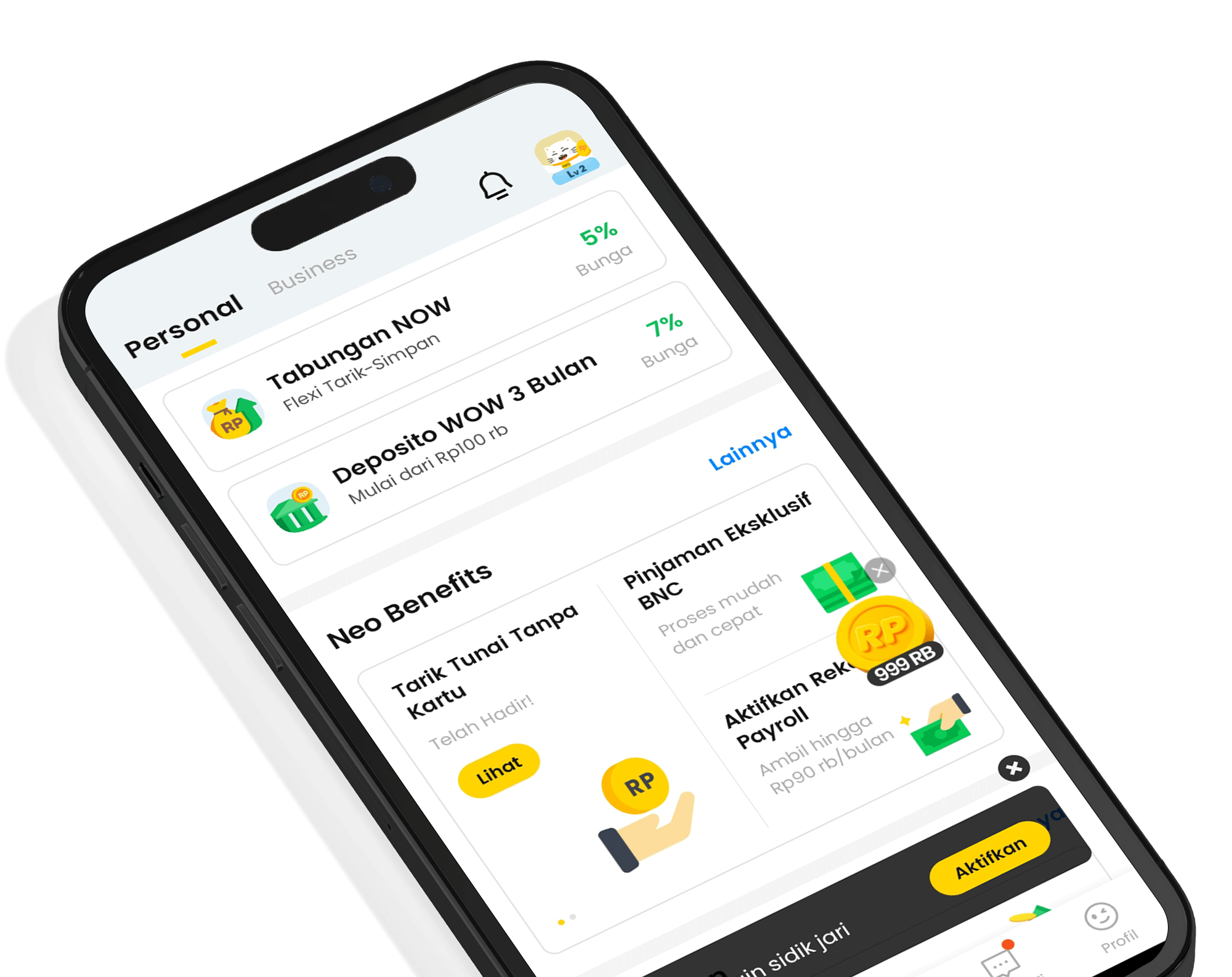.jpg)
Technological advancements in the digital era have made it increasingly easier for consumers to conduct financial transactions. One rapidly growing innovation is the virtual account, which has become a popular payment method in the e-commerce industry due to its ease and practicality.
Unlike traditional bank transfer methods that require manual steps such as entering the recipient’s bank account number, the transfer amount, and uploading proof of payment (like a photo of the receipt or a screenshot), virtual accounts offer a much more efficient process. In short, transactions between Neotizens and merchants can happen quickly and easily without the need for manual steps like those in traditional bank transfers.
However, behind this convenience lies a new threat—fraudulent schemes involving virtual accounts. To help Neotizens avoid falling victim to fraudsters, read this article carefully until the end!
What is a Virtual Account?
A virtual account is a payment method that uses a virtual account number for online transactions. It not only makes it easier for Neotizens to make payments, but also helps merchants easily identify incoming payments. Additionally, the recipient name for a virtual account can be customized as needed.
Generally, there are two types of virtual accounts:
- Static Virtual Account: A virtual account number that can be used repeatedly, such as those for e-wallet top-ups or recurring payments on e-commerce platforms.
- Dynamic Virtual Account: A virtual account number that can only be used once, typically generated for a single transaction, such as paying via a virtual account on a website or online store.
Fraud Schemes to Watch Out For
Fraud schemes involving virtual accounts often exploit a person’s lack of knowledge or carelessness when making online transactions. Here are some common scams that Neotizens should be aware of:
1. Use of Fake Virtual Account Numbers
Be cautious when making online payments. Avoid using payment methods outside of trusted, official options. Fraudsters often create fake virtual account numbers that closely resemble legitimate ones used by companies, e-commerce sites, or individuals. They then send these fake numbers to victims, who unknowingly make payments to them.
2. Phishing via Email or SMS
Fraudsters send official-looking emails or SMS messages pretending to be from a bank or well-known company. The message pressures the victim to make a payment or verification via a link. That link directs the victim to a fake website designed to steal personal information or immediately prompts payment to a fraudster’s virtual account.
3. Impersonating Authorities
Fraudsters contact victims, pretending to be bank or government officials, and request payments or transfers to a virtual account, often under the guise of unpaid bills or penalties.
4. Fake Customer Service Scams
Scammers offer fake services or products at attractive prices and then ask for payment via a virtual account. Once the payment is made, the promised service or product is never delivered.
5. Fake Prize Draws
Fraudsters contact victims via chat or phone, claiming they’ve won a prize. They then ask for personal data and payment to process the prize, which, of course, never arrives.
How to Avoid Virtual Account Scam
To avoid falling victim to virtual account fraud, here are some tips Neotizens can follow before making any transaction:
- Verify payment information before proceeding. Always double-check the virtual account number provided. Contact the relevant party directly through their official contact details listed on their website or app.
- Be cautious of emails and SMS messages. Don’t easily trust messages asking for personal information or payments. Always check the sender’s authenticity and avoid clicking suspicious links.
- Use multi-layered security. Activate two-factor authentication on banking accounts to prevent unauthorized access to your Neotizen account
- Stay updated on the latest fraud schemes and share this information with family and friends to keep them safe as well.
- Report suspicious incidents. If you receive a suspicious payment request, immediately report it to the authorities or contact Bank Neo Commerce through the following official channels:
Official Contact Channels – Bank Neo Commerce
- Customer Service Hotline: 021-1500-190
- Email: customercare@bankneo.co.id
- Facebook: facebook.com/bankneocommerce
- Instagram: instagram.com/bankneocommerce
- Twitter: twitter.com/bankneocommerce
- YouTube: youtube.com/BankNeoCommerce
- LinkedIn: linkedin.com/company/pt-bank-neo-commerce-tbk
- TikTok: tiktok.com/@bankneocommerce
By staying vigilant and following the tips above, we hope Neotizens can avoid becoming victims of virtual account scams. Always remember to stay alert and cautious when transacting online to ensure both your safety and financial security.
***
PT Bank Neo Commerce Tbk is licensed and supervised by the Indonesia Financial Service Authority (OJK) and Bank Indonesia (BI), and an insured member of Deposit Insurance Corporation (LPS).


